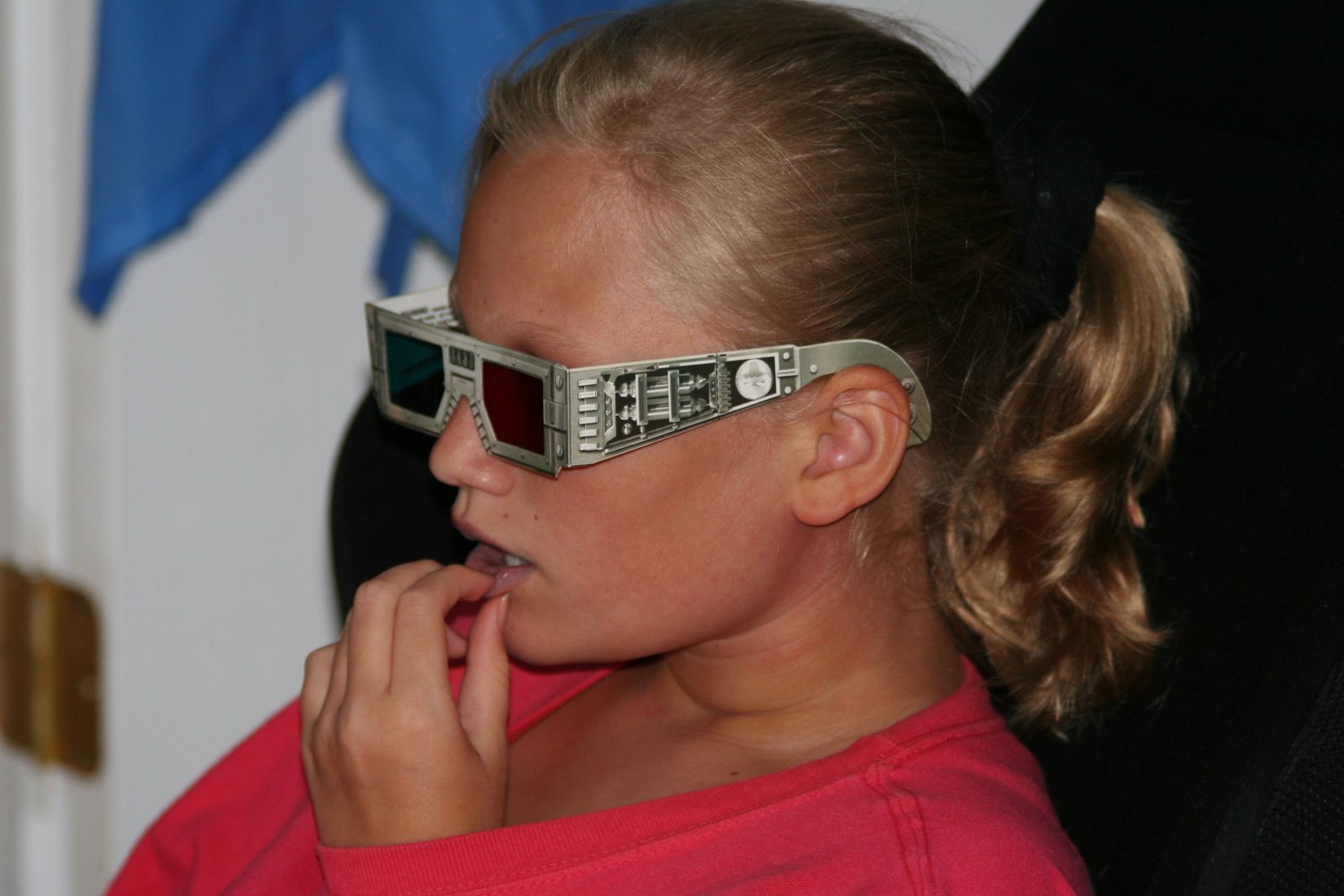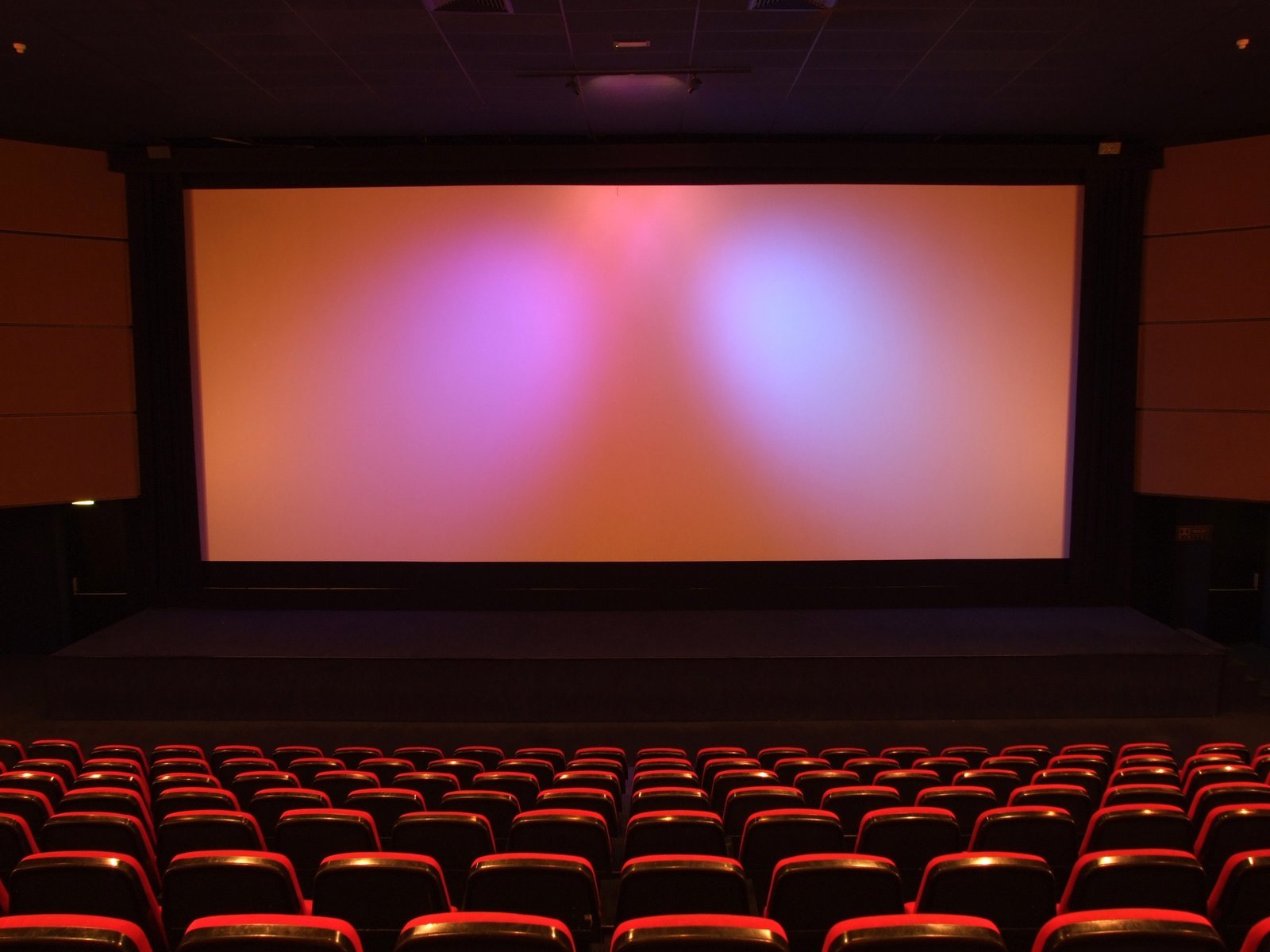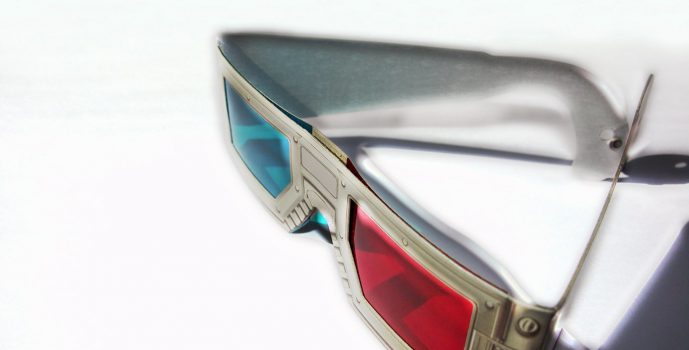The Rise of 3D Movies

Three-dimensional stereoscopic movies create an added sense of depth. This is designed to increase immersion in the film world. It is also a marketing tool to help get more people into cinemas.

They have existed since the 1910s; however, this was considered a niche technique. It was not until the 1950s that 3D was extensively used on cinema screens. At that time it was undoubtedly seen as a gimmick which would increase ticket sales for particular “b movies”.
After this, the format fell out of favour. It was not until the 2000s that 3D achieved a significant resurgence. Thanks to technological innovations, the images on the screen became much clearer, and the added depth had a more visually impressive quality. Filmmakers used the format in creative ways. Martin Scorsese and James Cameron stand out as good examples.
Modern cinemas now have separate screening times for the same film. One screening will present the movie in 2D format, and the other will show it in 3D. Viewers are required to wear special glasses to experience 3D.
As the popularity of home cinemas has risen, 3D televisions have been developed. Today people can watch 3D films from the comfort of their home. However, not every individual is able to enjoy these movies. Several adverse effects can arise as a result of them.
Your Own Health
If you are worried about any effects of 3D movies on your health, then it is best to consult a GP. One of the most convenient methods for booking is via the LIVI app. An increasing amount of people are turning to this app due to its versatility and ease of use. It allows patients to access NHS services from their smartphone.
Everyone is unique, and you will have your own specific factors to consider when it comes to watching 3D films. Some people can view them with no issues at all. However, if you have existing conditions which might be affected by it, then it is a good idea to seek professional medical advice.
Possible Effects
Luckily, there are no dangerous conditions linked to this movie presentation format. However, some viewers may experience issues related to their sight. Some people have reported getting headaches from 3D films. If audience members are prone to migraines, then these movies could potentially have a trigger effect.
Along with headaches, dizziness is also possible. This disorientation can lead to nausea. It is currently unclear as to just how many people have experienced this sensation due to 3D. Others have had difficulty in adjusting their vision to the images on the screen. The vast majority of adverse effects from 3D movies are related to conditions of the eye.





